
Eacles imperialis (imperial moth) is a Nearctic member of the family Saturniidae and subfamily Ceratocampinae. The wingspan of an adult is between 80–175 mm (3 1⁄8 and 6 7⁄8 inches).

Eacles imperialis (imperial moth) is a Nearctic member of the family Saturniidae and subfamily Ceratocampinae. The wingspan of an adult is between 80–175 mm (3 1⁄8 and 6 7⁄8 inches).
https://www.youtube.com/watch?v=KBhFIvYmS9Q
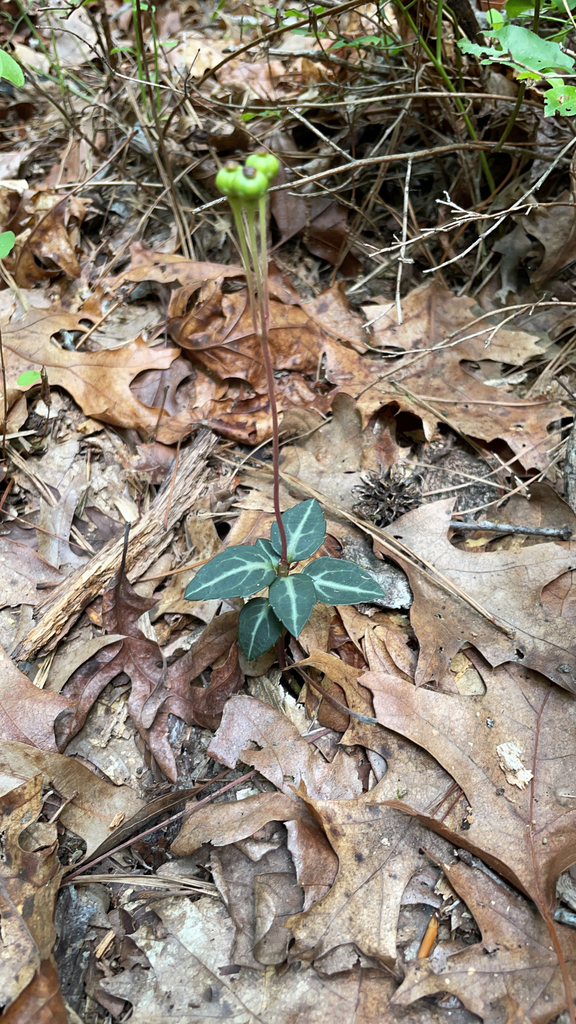
Chimaphila maculata (spotted wintergreen, also called striped wintergreen, striped prince’s pine, spotted pipsissewa, ratsbane, or rheumatism root) is a small (10–25 cm tall), perennial evergreen herb native to eastern North America and Central America, from southern Quebec west to Illinois, and south to Florida and Panama.
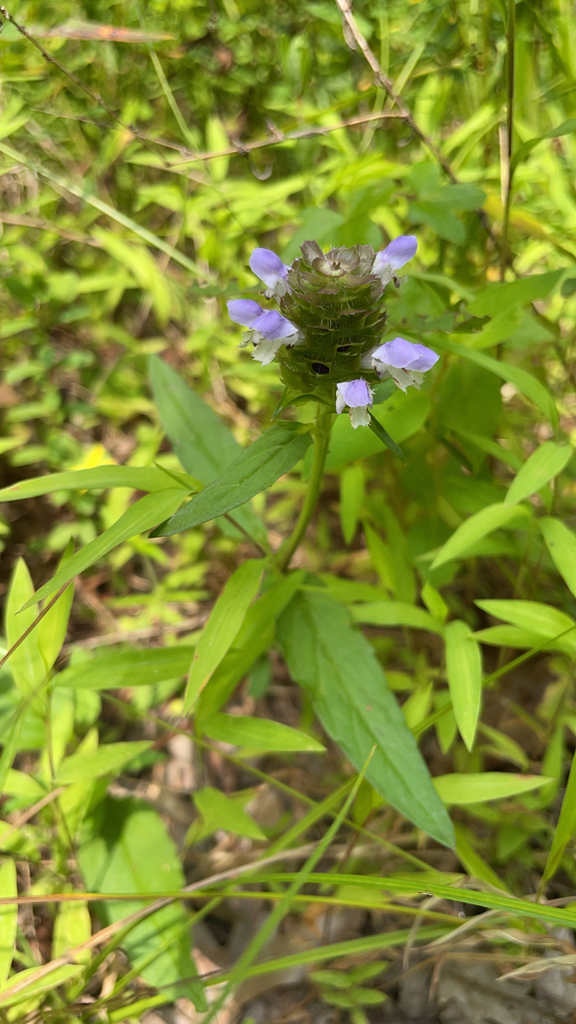
Prunella vulgaris (known as common self-heal , heal-all, woundwort, heart-of-the-earth, carpenter’s herb, brownwort and blue curls) is an herbaceous plant in the genus Prunella.
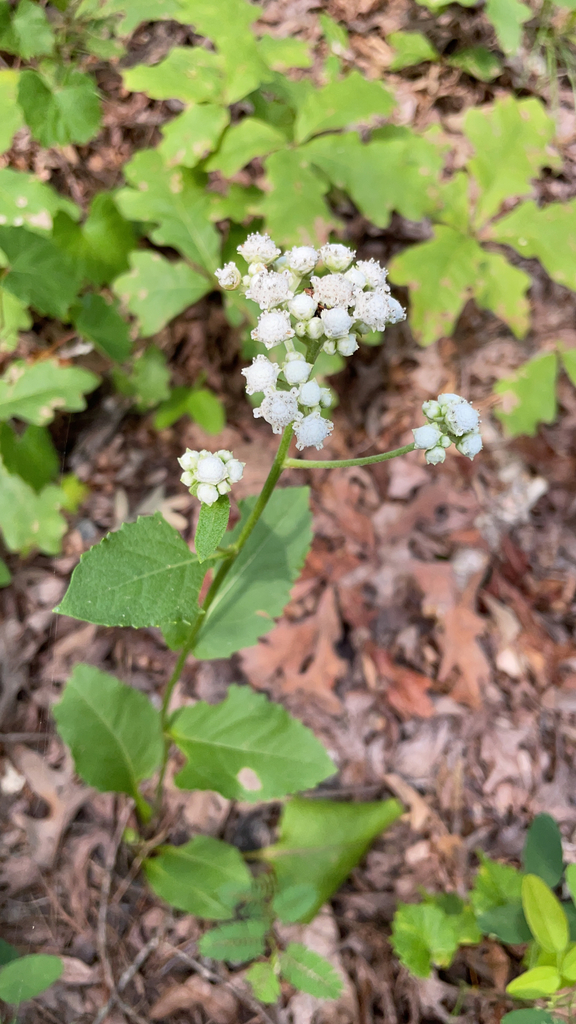
Parthenium integrifolium is a species of flowering plant in the aster family known by the common names wild quinine, American feverfew, and eastern feverfew. It is native to the eastern and midwestern United States.

Cantharellus cinnabarinus is a fungus native to eastern North America. It is a member of the genus Cantharellus along with other chanterelles. It is named after its red color, which is imparted by the carotenoid canthaxanthin. It is edible, fruiting in association with hardwood trees in the summer and fall.
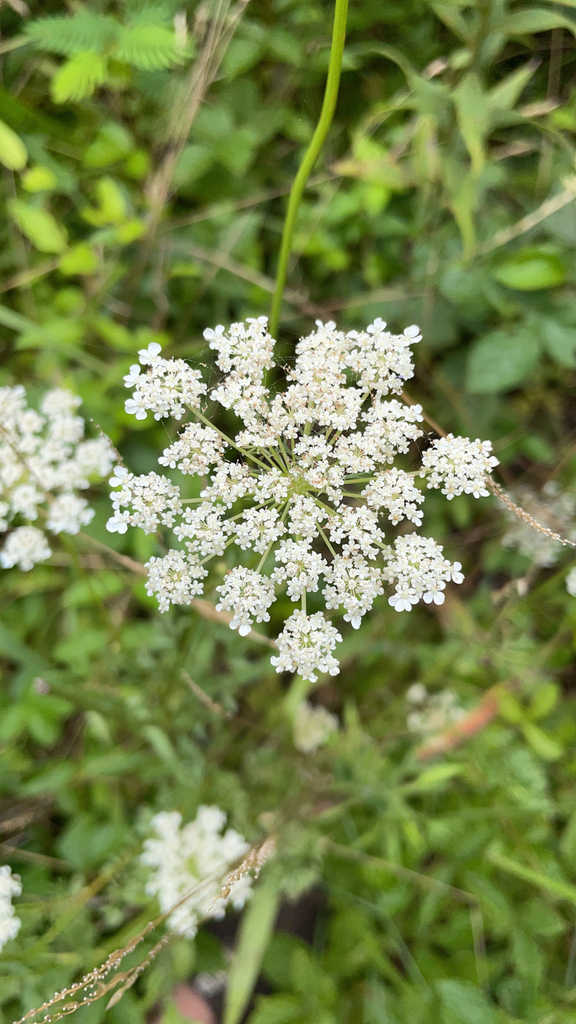
Daucus carota, whose common names include wild carrot, bird’s nest, bishop’s lace, and Queen Anne’s lace (North America), is a white, flowering plant in the family Apiaceae, native to temperate regions of Europe and southwest Asia, and naturalized to North America and Australia.
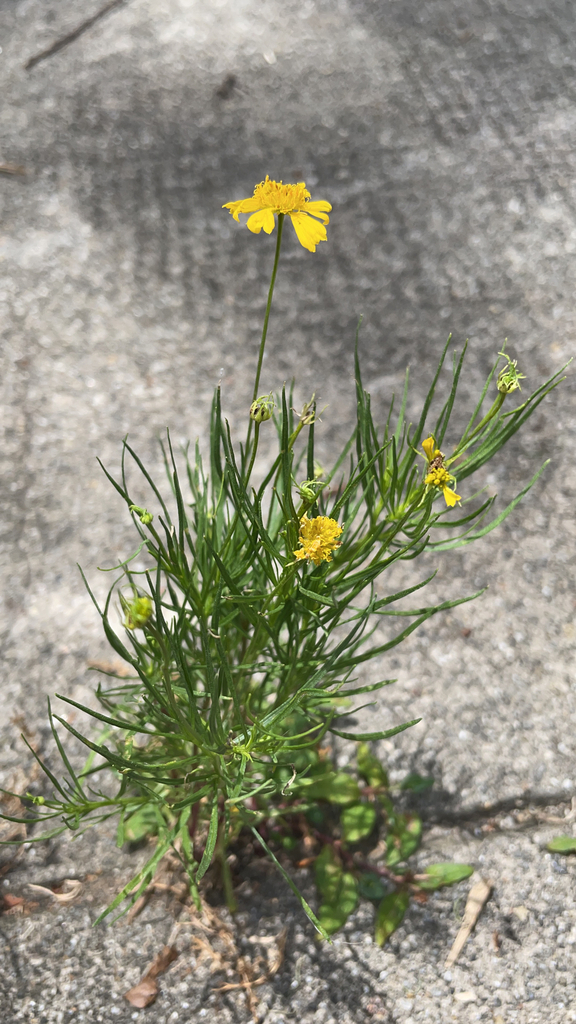
Helenium amarum is a species of annual herb in the daisy family known by the common names yellowdicks, yellow sneezeweed, fiveleaf sneezeweed, and bitter sneezeweed. It is native to much of the south-central United States (Texas, Oklahoma, Louisiana, Arkansas, New Mexico) and northern Mexico (Chihuahua, Coahuila), and it is present elsewhere in North America, Australia, and the West Indies as an introduced species.
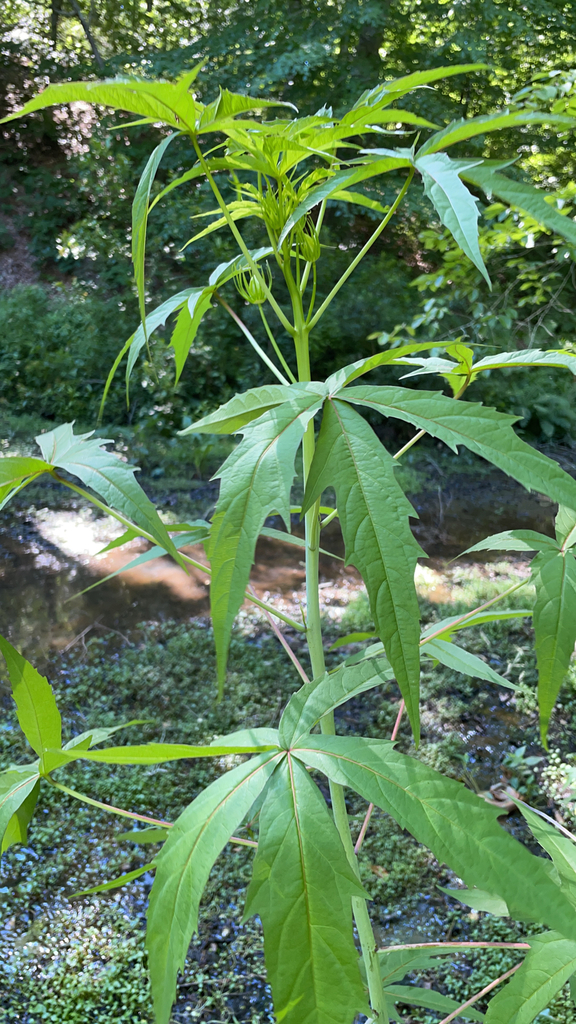
Hibiscus coccineus or scarlet rosemallow, is a hardy Hibiscus species that looks much like Cannabis sativa (marijuana). It is also known as Texas star, brilliant hibiscus, and scarlet hibiscus.

Rosa palustris, the swamp rose, is a shrub in the rose family native to much of eastern North America. It can be found from Nova Scotia and New Brunswick in the north, south to Florida and west to Arkansas and Ontario.

Saururus cernuus (lizard’s tail, water-dragon, swamp root) is a medicinal and ornamental plant native to eastern North America. It grows in wet areas or shallow water, and can be up to about a meter tall. The native range covers much of the eastern United States, as far west as eastern Texas and Kansas, south to Florida, and north to Michigan and New York state, slightly into Ontario.